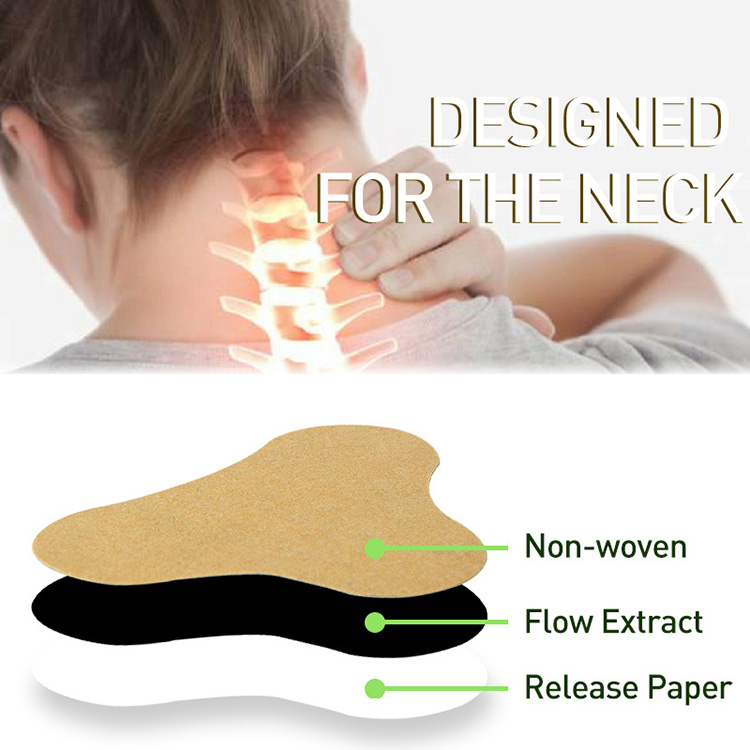Exploring Safety: Potential Side Effects and Risks of Using Pain Relieving Patches
2024-02-26
Pain relieving patches have become a popular choice for managing discomfort, offering targeted relief directly to the site of pain. While these patches are generally safe and effective when used as directed, it's essential to be aware of potential side effects and risks associated with their use. In this blog, we'll delve into the safety considerations of using pain relieving patches, highlighting common side effects, precautions, and tips for safe usage.
Understanding Pain Relieving Patches:
Before discussing potential side effects and risks, let's briefly understand how pain relieving patches work. These patches contain active ingredients, such as analgesics, anti-inflammatories, or numbing agents, which are absorbed through the skin and provide localized relief at the site of pain. While they offer targeted relief, it's essential to use them responsibly to minimize any potential adverse effects.
Common Side Effects:
While pain relieving patches are generally well-tolerated, some individuals may experience the following side effects:
1. Skin Irritation:
- Skin irritation, such as redness, itching, or burning sensation, may occur at the site of patch application.
- This is typically mild and temporary, resolving once the patch is removed, but it's essential to discontinue use if irritation persists or worsens.
2. Allergic Reactions:
- Some individuals may be allergic to certain ingredients in pain relieving patches, leading to allergic reactions such as rash, hives, or swelling.
- It's essential to check the ingredients list before using the patch and discontinue use immediately if signs of an allergic reaction occur.
3. Systemic Absorption:
- While pain relieving patches deliver medication locally, there is still a risk of systemic absorption, especially with prolonged use or improper application.
- This may lead to systemic side effects such as dizziness, nausea, or headache, particularly with patches containing potent analgesics or anti-inflammatories.
Precautions and Safety Tips:
To minimize the risk of side effects and ensure safe usage of pain relieving patches, consider the following precautions:
1. Follow Instructions:
- Always read and follow the instructions provided by the manufacturer for proper patch application, usage duration, and removal.
- Avoid using more patches than recommended or leaving them on for longer than instructed.
2. Patch Placement:
- Apply the patch to clean, dry skin on an area free of cuts, abrasions, or irritation.
- Rotate the patch placement to different areas of the body to prevent skin irritation or sensitization.
3. Monitor for Adverse Reactions:
- Keep an eye out for any signs of skin irritation, allergic reactions, or systemic side effects while using the patch.
- Discontinue use and seek medical attention if you experience severe or persistent adverse reactions.
4. Use with Caution:
- Exercise caution when using pain relieving patches in certain populations, such as pregnant or breastfeeding women, elderly individuals, or those with pre-existing medical conditions.
- Consult a healthcare professional before using the patch if you have any concerns or underlying health issues.
Conclusion:
In conclusion, while pain relieving patches offer targeted relief for various types of pain, it's essential to be aware of potential side effects and risks associated with their use. By following instructions, practicing proper patch placement, and monitoring for adverse reactions, individuals can safely incorporate pain relieving patches into their pain management regimen and experience effective relief with peace of mind. As always, it's advisable to consult a healthcare professional if you have any questions or concerns about using pain relieving patches, especially if you experience persistent or severe side effects.



